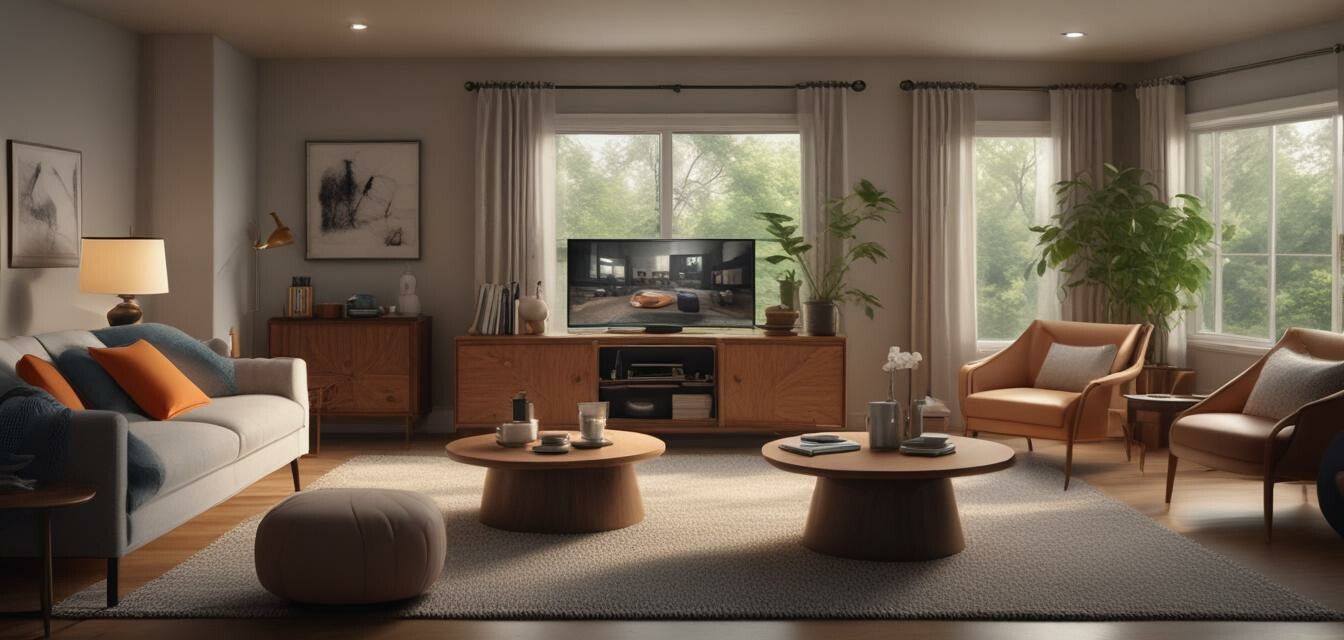
The Future of Smart Homes: Trends to Watch in 2024
Key Takeaways
- The smart home market is expected to evolve significantly over the next year, especially for seniors.
- Emphasis on health monitoring, security, and comfort will dominate upcoming trends.
- Integration of AI and voice control technologies will enhance usability.
- Affordability and accessibility of smart gadgets will improve, making them more appealing.
- Focus on interoperability among devices will increase for better user experiences.
The year 2024 is set to bring exciting advancements in smart home technology, particularly designed for seniors. As this demographic continues to embrace technology, it’s vital to stay ahead of the curve. Let’s explore the key trends shaping the future of smart homes and how they can make the lives of older adults safer and more comfortable.
1. Enhanced Health Monitoring Solutions
One of the most significant trends is the rise of health monitoring devices. These gadgets provide real-time insights into the user's health and well-being. Here are some expected developments:
- Smart wearables that track vital signs and activity levels.
- Integration with telehealth services for quick access to medical professionals.
- Alerts to caregivers and family members in case of emergencies.
Examples of Health Monitoring Features
| Feature | Description |
|---|---|
| Heart Rate Monitoring | Continuous tracking of heart rate to detect anomalies. |
| Fall Detection | Automatic alerts sent when a fall is detected. |
| Medication Reminders | Notifications that remind seniors when it's time to take their medication. |
2. Smarter Home Security Solutions
With safety being a top priority, smart home security systems will become more sophisticated. Here are features to watch for:
- Smart cameras with AI-powered recognition to identify familiar faces.
- Mobile apps allowing remote access to home security systems.
- Integration with emergency response services for enhanced safety.
Benefits of Smart Security Systems
The combination of smart technology with home security can provide significant advantages, including:
- Peace of mind for both seniors and their families.
- Immediate alerts during suspicious activity, ensuring timely responses.
- Enhanced control over one’s home environment.
3. Integration of Voice-Controlled Technology
Voice-controlled technology continues to gain popularity, making it easier for seniors to navigate their smart home systems. Trends include:
- More intuitive voice assistants that understand varied instructions.
- Integration with household devices, allowing control of lighting, temperature, and entertainment.
- Voice prompts for reminders and daily tasks.
Popular Uses for Voice-Controlled Devices
| Task | Voice Assistant Function |
|---|---|
| Adjusting Lighting | “Dim the lights in the living room.” |
| Setting Reminders | “Remind me to take my medication at 8 PM.” |
| Playing Music | “Play my favorite playlist.” |
4. Focus on Interoperability
As multiple devices enter the market, interoperability will become vital. Expect to see:
- Devices from different manufacturers that communicate seamlessly.
- Unified control systems that allow monitoring and management of all home gadgets from one app.
- Increased collaboration among tech companies for better integration standards.
5. Affordability and Accessibility Improvements
With competition growing, manufacturers will focus on making smart home devices more affordable and accessible. Anticipated changes include:
- Lower price points for essential devices.
- More funding and grants available for seniors to adopt smart technology.
- New financing options for installing smart home systems.
Pros
- Improved quality of life through convenience and safety.
- Greater independence for seniors living alone.
- Enhanced communication between seniors and caregivers.
Cons
- Learning curve associated with new technology for some seniors.
- Initial costs of smart home setup may be high.
- Dependence on internet connectivity for functionality.
Conclusion
As we move into 2024, the future of smart homes presents an exciting opportunity for seniors. With innovations in health monitoring, security systems, voice technology, device interoperability, and improved accessibility, there are numerous ways technology can enhance the comfort and safety of older adults. Staying informed about these trends could empower seniors and their families to make choices that significantly improve quality of life in their homes.
For more information on how to choose the best technology for seniors, check out our buying guides and learn more about connected home assistants that can be tailored to individual needs.